In a stroller, it’s generally recommended for baby to face you when they are younger, as it promotes bonding and allows you to monitor them easily.
Which Way Should Baby Face in Stroller? For newborns, parent-facing promotes bonding and safety, Older babies benefit from forward-facing for exploration. Learn the best stroller position by age and tips for a smooth transition!
Choosing the right stroller orientation can make a big difference for your baby. When babies face you, it’s easier to spot discomfort and protect them from the elements.
Parent-facing strollers also help newborns bond with you. As they grow stronger and more curious, forward-facing strollers let them explore the world around them. So, Which Way Should Baby Face in Stroller? It depends on their age and needs.
Essential Learnings
- Use parent-facing strollers for newborns to keep them safe. This helps them feel close to you and stay calm.
- Change to forward-facing strollers when babies are older. This lets them look around and learn about people.
- Watch how your baby acts to pick the right position. If they seem unhappy, try switching back to parent-facing for comfort.
Why Stroller Orientation Matters
Safety Considerations
Your baby’s safety is the most important thing to consider. Parent-facing strollers let you watch your baby closely. You can see if they are too hot, cold, or upset. This position also supports a newborn’s weak neck and head. Forward-facing strollers work better for older babies who can sit up alone. They let your baby look around while staying safely strapped in. Note: sitting devices (including strollers) are not recommended for routine sleep; if your baby falls asleep, move them to a firm, flat sleep surface as soon as practical (American Academy of Pediatrics policy, 2022).
Comfort and Emotional Well-Being
How baby faces in stroller affects their feelings. Babies feel safer when they can see you, especially when they’re small. This makes them cry less and stay calmer.
- Being near you helps your baby feel close and grow emotionally.
- Parent-facing strollers keep younger babies from feeling overwhelmed.
- Forward-facing strollers help older babies explore and feel happier.
Developmental Impact
The way your baby faces can also help them learn. Babies facing their parents get more attention and interaction. Parents talk and laugh with their babies more, which helps them learn words and social skills.
| Finding | Description |
|---|---|
| Caregiver Interaction | Parents talked to babies twice as much when facing them (National Literacy Trust, 2008–2010; original report 2008-11-17). |
| Laughter | Parents and babies laughed more in parent-facing strollers. |
| Vocabulary Development | Talking with parents helps babies learn new words. |
Picking the right stroller direction helps your baby grow emotionally and socially. Think about their age and needs when choosing how they should face.
Which Way Should Baby Face In Stroller Based on Age
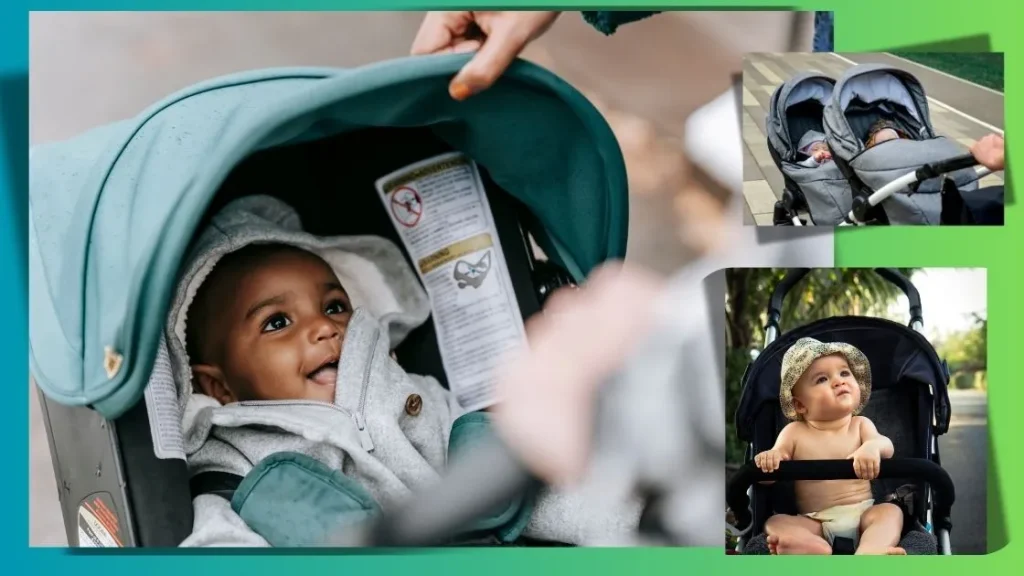
Newborns and Infants (0-6 Months)
For newborns, facing them towards you is the safest option. Babies this young need head and neck support, which parent-facing strollers provide. This position also lets you check on their comfort and safety easily. Choose a stroller with a fully reclining seat or bassinet, as newborns need to lie almost flat in strollers until they have steady head control (Nemours KidsHealth, accessed 2025-10-11).
Studies show babies under six months feel safer seeing their caregiver. Being close to you lowers their stress and helps with bonding. Parent-facing strollers also protect babies from too much noise and activity, which can overwhelm them.
| Age Range | Recommendation |
|---|---|
| Newborn to Six Months | Face the baby towards the parent for bonding and security, as they need head and neck support. |
Older Babies (6-12 Months)
By six months, babies have stronger neck and back muscles. This makes forward-facing strollers a good choice. Facing forward lets them see more and sparks their curiosity. Babies this age enjoy watching and exploring their surroundings.
Here are some benefits of forward-facing strollers for older babies:
- They help your baby see and hear new things.
- They encourage learning by letting your baby explore.
- They let your baby safely interact with the world.
But every baby is different. If your baby seems upset or overwhelmed, try switching back to a parent-facing stroller.
Toddlers (12+ Months)
When your baby becomes a toddler, forward-facing strollers are usually best. Toddlers are more independent and love exploring. They enjoy watching the world and meeting new people.
| Indicator | Description |
|---|---|
| Neck Strength | Baby can hold their head up steadily. |
| Curiosity | Shows interest in the environment by turning their head. |
| Age and Weight | Typically around 6 months or as per stroller guidelines (AAP movement milestones, accessed 2025-10-11). |
Forward-facing strollers help toddlers feel independent and social. They also let toddlers explore while staying safe. Always check the stroller’s safety features to keep your toddler secure.
Not sure which way your baby should face? Watch their growth and behavior. This will help you decide what’s best for their comfort and happiness.
Benefits of Parent-Facing Strollers
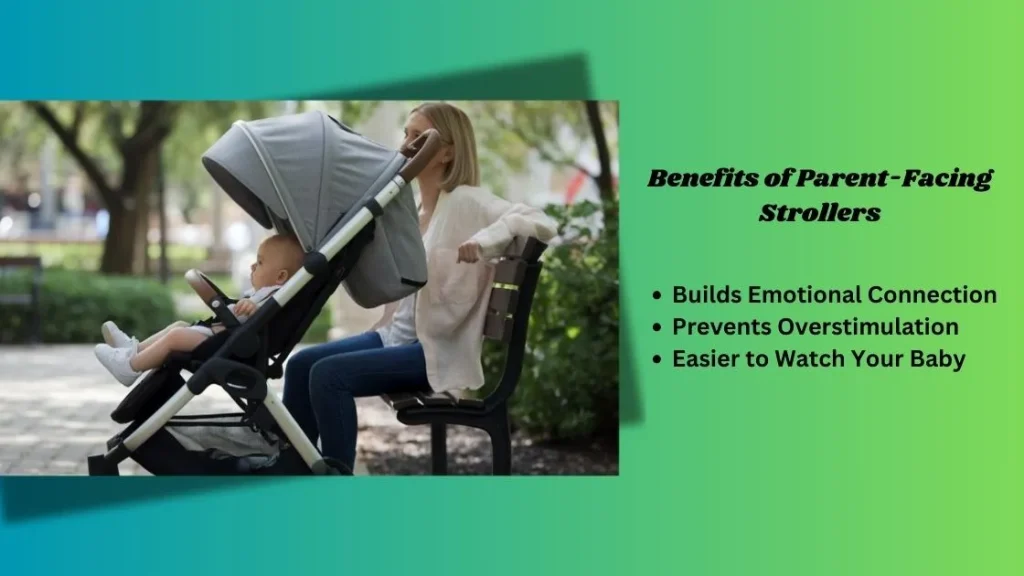
Builds Emotional Connection
Parent-facing strollers help you and your baby connect better. When your baby looks at you, it’s easier to smile and talk. This builds trust and makes your baby feel safe.
Studies show that babies and parents share more smiles and laugh this way. Another study found that seeing you helps your baby feel closer and grow emotionally. Talking to your baby during walks shows love and care.
Tip: Talk about things you see while strolling. This helps your baby learn words and feel closer to you.
Prevents Overstimulation
Parent-facing strollers keep your baby from feeling overwhelmed. Facing you reduces loud sounds, movement, and distractions. This calm setting is great for newborns who get upset easily.
- Babies in these strollers are calmer and cry less.
- A quiet ride helps them nap better during walks.
- Seeing you comforts them and lowers their stress.
If your baby seems upset or overstimulated, try a parent-facing stroller. It can make outings more peaceful.
Easier to Watch Your Baby
When your baby faces you, it’s simple to check on them. You can see if they’re awake, sleeping, or need something. This is helpful for new parents who want to keep their baby safe.
- You’ll notice hunger, tiredness, or discomfort quickly.
- Comforting your baby or fixing their position is easier.
- Watching your baby gives you peace of mind during walks.
Parent-facing strollers let you care for your baby while spending time together. Wondering which way should baby face in stroller? For younger babies, facing you is often the safest and most comforting choice.
Advantages of Forward-Facing Strollers
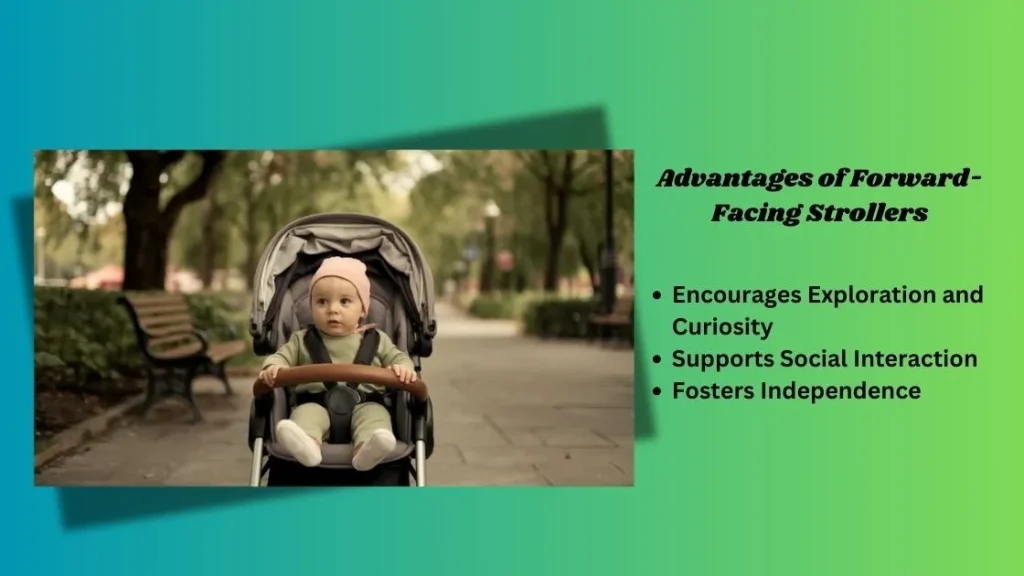
Encourages Exploration and Curiosity
When babies face forward, they see the world clearly. This view lets them notice everything happening around them. Their eyes might light up at trees, cars, or kids playing. Forward-facing strollers help babies learn by showing them new sights and sounds.
- They can watch people, animals, and moving objects.
- Seeing new things makes walks more fun for both of you.
- Babies become more aware of their surroundings, helping their growth.
Looking around keeps babies interested and engaged during walks. It’s an easy way to turn outings into learning moments.
Supports Social Interaction
Forward-facing strollers help babies connect with the world. They can see people and react to friendly faces. Your baby might smile at someone or wave at another child. These small actions build confidence and teach social skills.
Tip: Point out and name things you see together. This helps your baby learn words while enjoying the view.
Fosters Independence
As babies grow, they want to feel more independent. Forward-facing strollers let them explore safely on their own terms. This freedom helps them feel confident and curious.
- Toddlers love this position because it matches their adventurous nature.
- It lets them observe, learn, and interact without feeling held back.
Forward-facing strollers are great for older babies and toddlers ready to explore. Wondering which way should baby face in stroller? For active and curious kids, forward-facing is often the best choice.
How to Transition Between Positions
Signs Your Baby is Ready to Face Forward
It’s important to know when your baby can face forward. Look for these signs:
| Indicator | Description |
|---|---|
| Neck strength | Baby can hold their head and neck up alone. |
| Curiosity about the environment | They start looking around and noticing things. |
| Age-related guidelines | Most babies are ready around 6 months old (AAP, accessed 2025-10-11). |
If your baby shows these signs, they might enjoy facing forward.
Tips for a Smooth Transition
Changing stroller positions can feel new for your baby. Try these tips to make it easier:
- Start Slow: Take short walks in the forward-facing position.
- Combine Positions: Switch between parent-facing and forward-facing to help them adjust.
- Observe Comfort: Watch how your baby reacts. If upset, switch back to parent-facing.
- Engage: Talk to your baby to make walks fun and comforting.
These steps can help your baby feel safe while enjoying their new view.
When to Switch Back to Parent-Facing
Sometimes, it’s better to return to parent-facing. This is best for younger babies or when your child feels uneasy.
| Age/Stage | Position Recommendation | Key Indicators |
|---|---|---|
| Newborn | Face baby towards you for bonding and comfort. | Needs head support; feels safer seeing your face. |
| Around 6 months | Try forward-facing as their muscles grow stronger. | Can hold head steady; shows interest in surroundings. |
| General Signs | Check for readiness before switching to forward-facing. | Strong neck, curiosity, age, and weight as per stroller rules. |
If your baby seems stressed or fussy, parent-facing can help them feel calm again.
Not sure which way should baby face in stroller? Watch your baby’s behavior and adjust to keep them happy and safe.
Expert Recommendations on Stroller Orientation
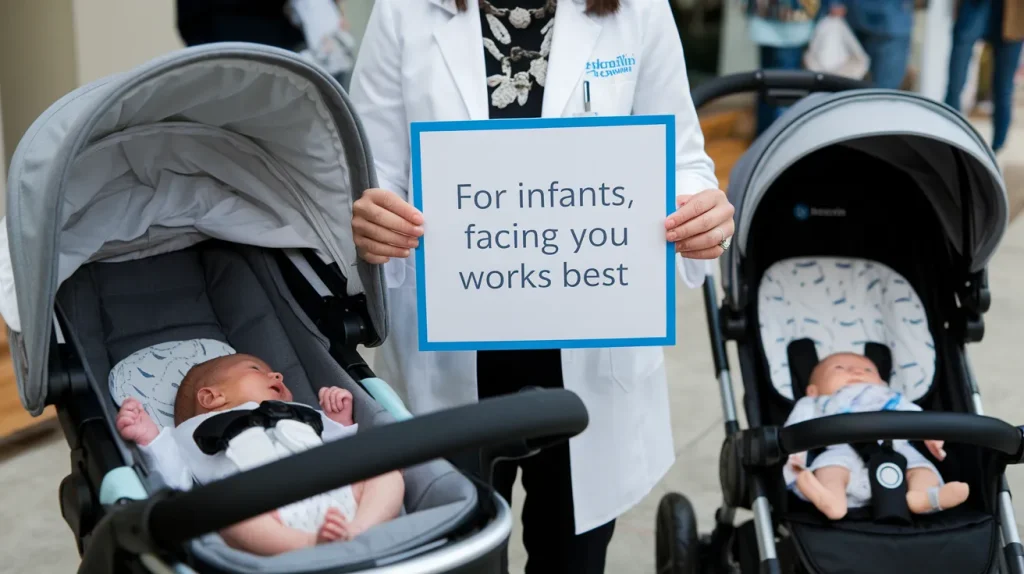
Advice from Pediatricians
Doctors say stroller direction depends on your baby’s age. For infants, facing you works best. This way, you can watch them closely and keep them calm. By six months, babies have stronger necks and backs. At this stage, forward-facing strollers let them safely see the world.
Tip: If unsure about switching positions, ask your pediatrician for advice.
Insights from Stroller Manufacturers
Stroller makers focus on keeping babies safe and comfy. They list many advantages of parent-facing strollers:
- You can easily notice if your baby is upset.
- A canopy shields your baby from wind and sunlight.
- In busy places, this position keeps your baby safe from bumps.
Forward-facing strollers are made for curious, growing babies. Before switching, check safety features like brakes and harnesses.
General Best Practices for Parents
When choosing a stroller direction, follow these tips:
- Parent-facing strollers help newborns feel secure and cry less.
- Forward-facing strollers let older babies explore and learn.
- Always strap your baby in and protect them from the weather. Also follow manufacturer weight/age guidance and keep products registered to receive recall notices (CPSC, 2022-06-23).
By using these tips, you can make every walk safe and fun for your baby.
Picking the right stroller direction helps your baby thrive. Strollers that face you make babies feel safe and let you watch them closely. Strollers that face forward help babies explore and meet people. Look at your baby’s behavior and age to choose the best stroller direction.
- Parent-facing strollers help newborns feel calm and close to you.
- Forward-facing strollers let toddlers discover and feel more independent.
Doctors suggest parent-facing strollers for infants to keep them comfy and happy.
FAQ
How do I know if my baby is uncomfortable in a stroller?
Look for signs like crying, fidgeting, or arching their back. These behaviors often mean your baby needs a change in position or environment.
Can I use a forward-facing stroller for a newborn?
No, newborns need head and neck support. Parent-facing strollers are safer and help you monitor their comfort and well-being during walks. If your baby falls asleep in a stroller, transfer them to a flat, firm sleep surface when you can (AAP safe sleep policy, 2022).
What’s the best way to clean a stroller?
Use a damp cloth with mild soap to wipe down surfaces. For fabric parts, check the manufacturer’s care instructions for washing or spot-cleaning.
Conclusion
So, which way should baby face in stroller? For newborns, rear-facing is safest. For older babies, a forward-facing encourages exploration. A convertible stroller gives you the best flexibility. Always prioritize safety, comfort, and your baby’s cues.
Every child is different, so trust your instincts—you know your baby best!


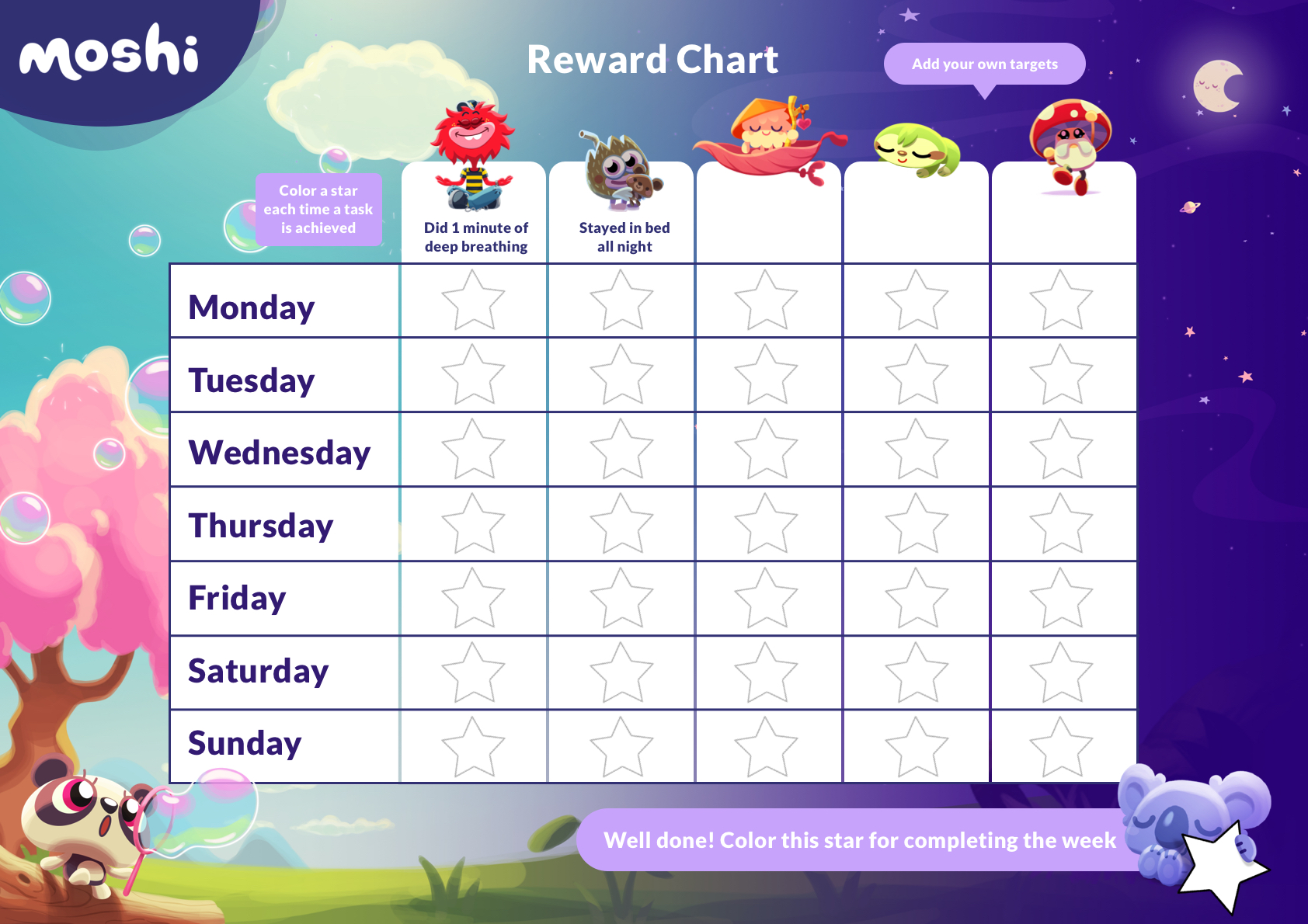
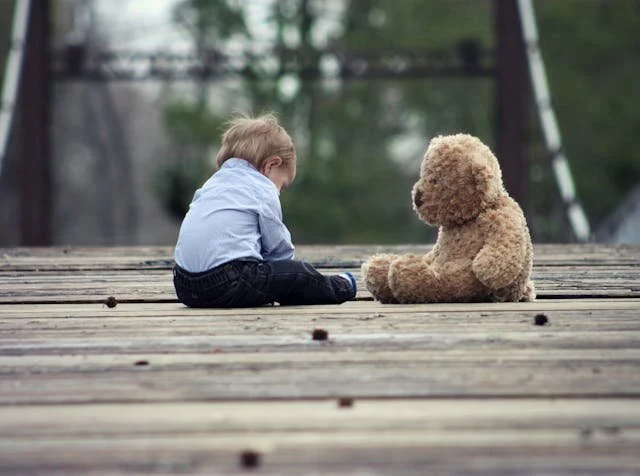
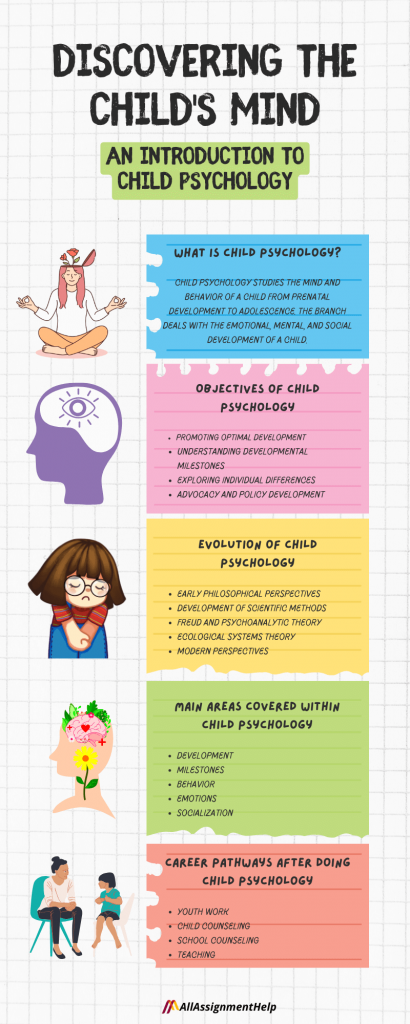
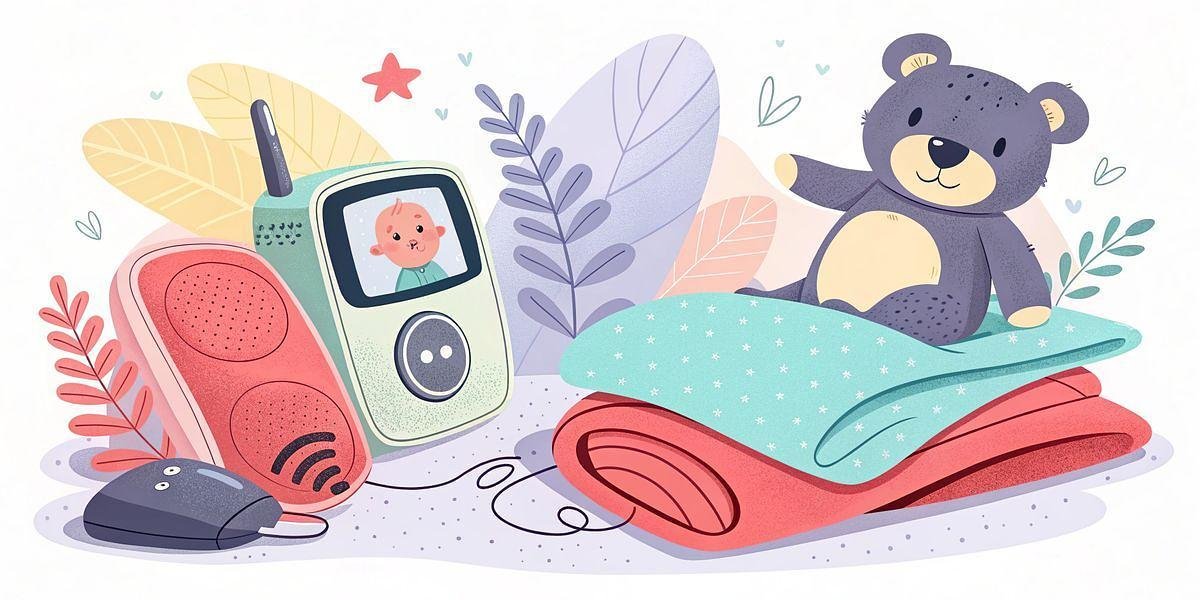
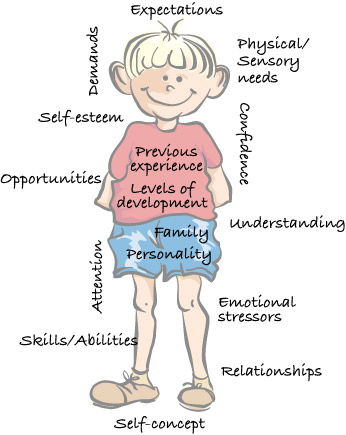

7 thoughts on “Which Way Should Baby Face in Stroller? Right Way”